Kahoot!
Kahoot! was founded in 2012 by Morten Versvik, Johan Brand, and Jamie Brooker in collaboration with Professor Alf Inge Wang from the Norwegian University of Science and Technology (NTNU). Initially designed as an interactive game to engage audiences in cinemas, the concept quickly pivoted towards education after realizing its potential to enhance classroom engagement. The platform was launched in beta at SXSWEDU in March 2013 and officially in August 2013 (The Nasdaq Entrepreneurial Center) (Nasdaq).
The founders aimed to create an engaging, game-based learning platform that would make education fun and interactive. This vision was driven by a desire to transform traditional classroom dynamics and leverage technology to improve students' motivation and engagement. Kahoot! rapidly gained popularity, particularly among teachers in Texas, and expanded globally. As of now, Kahoot! serves over 70 million active users across 200 countries (Wikipedia) (The Edtech Podcast).
Differentiation: What Makes Kahoot! Special
Kahoot! stands out in the educational technology landscape due to its unique approach to learning through gamification. Unlike traditional educational tools, Kahoot! turns learning into a competitive and social experience. Its game-based format, where users can create, share, and play quizzes, transforms mundane topics into exciting challenges. The platform supports a wide range of subjects and is versatile enough to be used for formative assessments, knowledge reviews, or just a fun break from regular lessons. Additionally, its accessibility via web browsers and mobile apps ensures that it can be used anywhere, making it an excellent tool for homeschooling (Nasdaq) (The Edtech Podcast).
How to Get Started
Starting with Kahoot! is straightforward:
Sign Up: Create a free account on the Kahoot! website or app.
Explore Content: Browse existing quizzes or create your own tailored to your homeschooling curriculum.
Play: Host live games or assign quizzes as homework.
Track Progress: Use Kahoot!’s reporting features to monitor your child's learning progress.
How It Works: Using Kahoot! as a Homeschooling Program
Kahoot! can be seamlessly integrated into homeschooling routines. Here’s how you can utilize it:
Daily Usage: Dedicate 15-30 minutes per day to play Kahoot! quizzes related to the day’s lessons.
Weekly Activities: Schedule more comprehensive sessions for review at the end of the week.
Flexibility: Kahoot! can be used both as a quick, open-and-go activity or with some preparation if creating custom quizzes.
Independent Learning: Children can play quizzes on their own or participate in family quiz sessions for a more collaborative learning experience.
Educational Concepts It Teaches
Kahoot! covers a broad spectrum of educational topics, including:
Mathematics: Topics such as algebra, geometry, arithmetic, calculus, data analysis, and probability are extensively covered.
Science: Students can explore biology, chemistry, physics, earth science, environmental science, and astronomy through engaging quizzes.
History: The platform includes content on ancient history, modern history, world history, American history, and European history.
Geography: Lessons encompass physical geography, human geography, world regions, and maps and cartography.
Language Arts: Kahoot! offers activities in reading comprehension, grammar, vocabulary, writing skills, and literature analysis.
Foreign Languages: There are interactive quizzes for languages including Spanish, French, German, Mandarin, Japanese, and Latin.
Social Studies: Subjects such as civics, economics, sociology, anthropology, and political science are included.
Art and Music: The platform covers art history, music theory, visual arts, performing arts, art techniques, and musical instruments.
What’s Good About It: What Users Love
Users particularly appreciate Kahoot! for its engaging and interactive format. It turns learning into a game, which significantly increases student motivation and enjoyment. The competitive element, where students can see their scores in real-time, fosters a fun and lively learning environment. Additionally, the platform’s versatility and ease of use make it a favorite among homeschooling parents (Wikipedia) (Nasdaq).
What Could Be Improved
While Kahoot! is highly praised, there are areas for improvement. Some users find the competitive nature can sometimes cause anxiety among students, particularly those who are less confident. Additionally, technical issues such as internet connectivity and device compatibility can occasionally disrupt the learning experience. Furthermore, while Kahoot! offers a vast library of quizzes, the quality and depth of content can vary, requiring parents to vet the materials beforehand (Wikipedia) (The Edtech Podcast).
Advice from Homeschooling Parents
Homeschooling parents recommend integrating Kahoot! into daily routines to keep children engaged consistently. They suggest creating personalized quizzes to align with specific learning goals, which can cater to the unique educational needs of each child. Mixing different types of quizzes, such as multiple-choice and true/false, helps maintain interest and prevent monotony. Collaboration is also encouraged, as group play can enhance social learning and make sessions more interactive. Furthermore, parents highlight the importance of using Kahoot!’s reports to provide regular feedback, allowing them to identify areas for improvement and adjust their teaching strategies accordingly (Kahoot!) (Kahoot!).
Overall Educational Value Score: 67/100
Kahoot! received high praise for its engaging and interactive learning approach, making it a favorite among homeschooling parents. Its user-friendliness, ability to personalize quizzes, and overall value are noted as significant strengths. However, some concerns about the competitive nature and occasional technical issues were mentioned, resulting in a balanced evaluation score.
Positive Score Breakdown:
Uniqueness (8/10): Kahoot! offers a unique, game-based learning approach that stands out from traditional educational tools, similar to innovative platforms like Roblox and Minecraft.
Engagement (9/10): Homeschooling parents consistently report high levels of engagement, with children enjoying the competitive and interactive nature of Kahoot! (TrustRadius) (Outschool).
Accuracy (7/10): The content is generally reliable, though parents need to vet some user-generated quizzes for accuracy.
User-Friendliness (9/10): The platform is praised for its intuitive design and ease of use across various devices (TrustRadius) (Outschool).
Pedagogy (8/10): Kahoot!'s approach to learning through play effectively caters to different developmental stages, making it an excellent educational tool.
Homeschooling (8/10): Homeschooling parents find it well-suited for supplementing their curriculum, providing both enjoyment and educational value (TrustRadius) (Outschool).
Learning Focus (7/10): While it emphasizes fun, Kahoot! also facilitates deep learning through its diverse quiz options.
Personalization (8/10): The ability to create custom quizzes tailored to individual learning needs is highly valued by parents (TrustRadius) (Outschool).
Special Needs (6/10): Kahoot! accommodates some special needs, but there is room for improvement in catering to children with learning disabilities like autism and ADHD.
Value (8/10): The platform is affordable, with a free version and reasonably priced premium plans offering good educational benefits.
Negative Score Breakdown:
Boredom (2/10): Most children find Kahoot! exciting and engaging, but some may experience boredom if quizzes are not well-designed.
Addictive Components (3/10): While engaging, the competitive aspect can sometimes border on addictive, requiring parents to monitor usage.
Violence (0/10): Kahoot! contains no violent content, making it safe for all ages.
Unhealthy Competition (3/10): The competitive nature can occasionally cause stress among less confident children (Kahoot!) (TrustRadius).
Excessive Prioritization of School Standards (1/10): Kahoot! balances fun with learning and does not overly focus on standardized testing.
Who It’s an Ideal Fit For
Kahoot! is ideal for children who thrive on interactive and competitive activities. Its game-based learning format can significantly boost engagement and motivation, making it a great supplement to traditional homeschooling materials. Parents looking for a flexible, engaging educational tool will find Kahoot! particularly beneficial. The platform's adaptability across various subjects and difficulty levels makes it suitable for families with multiple children at different educational stages (Kahoot!) (Kahoot!).
Who It’s Probably Not a Fit For
Kahoot! may not be suitable for children who experience significant anxiety with competitive activities, as the competitive, game-based format can sometimes be stressful. Families with limited access to reliable internet or multiple digital devices might also find it challenging to use Kahoot! effectively. Additionally, parents who prefer more structured and traditional teaching methods might not find Kahoot! to be the best fit for their homeschooling approach (Kahoot!) (Kahoot!).
Grades: Suitable for K-12
Kahoot! offers content suitable for a wide range of grade levels, from kindergarten through 12th grade. This makes it a versatile tool for families with children at various educational stages.
Cost: Specific Range
Kahoot! offers both free and premium plans. The free version includes access to a vast library of quizzes, while the premium plans (ranging from $5 to $15 per month) provide additional features such as advanced reporting, more quiz creation options, and collaboration tools (Wikipedia) (Nasdaq).
Ways to Get It
Kahoot! is accessible through its website and mobile apps available on iOS and Android platforms. Users can sign up for free or choose from various premium subscription plans to unlock additional features and resources (Wikipedia) (Nasdaq).
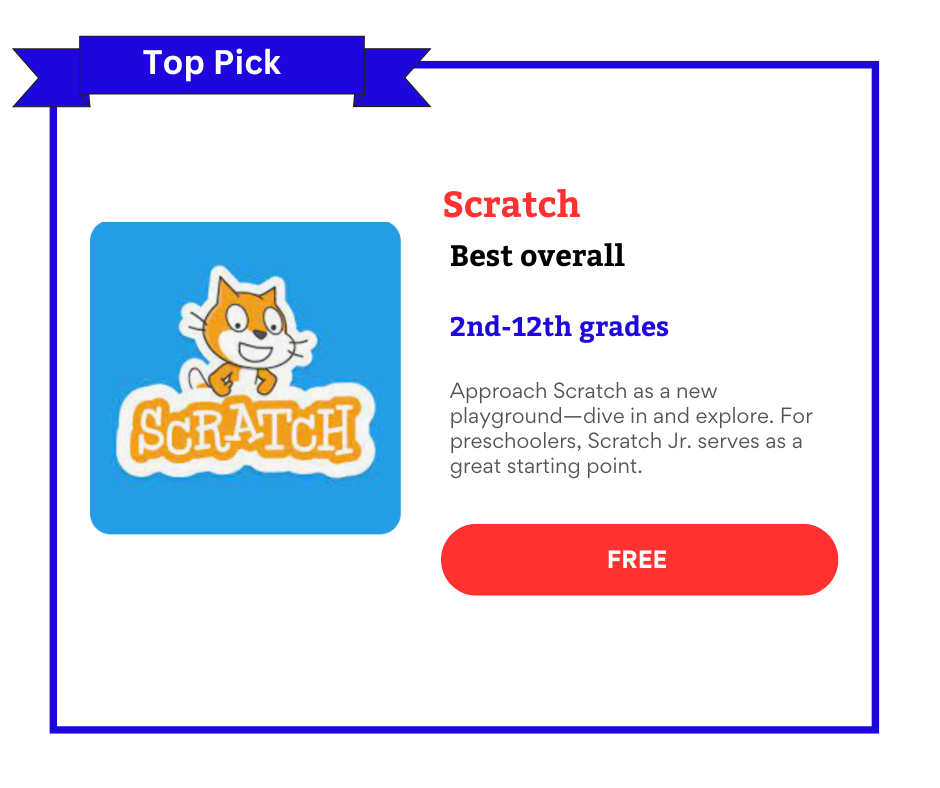


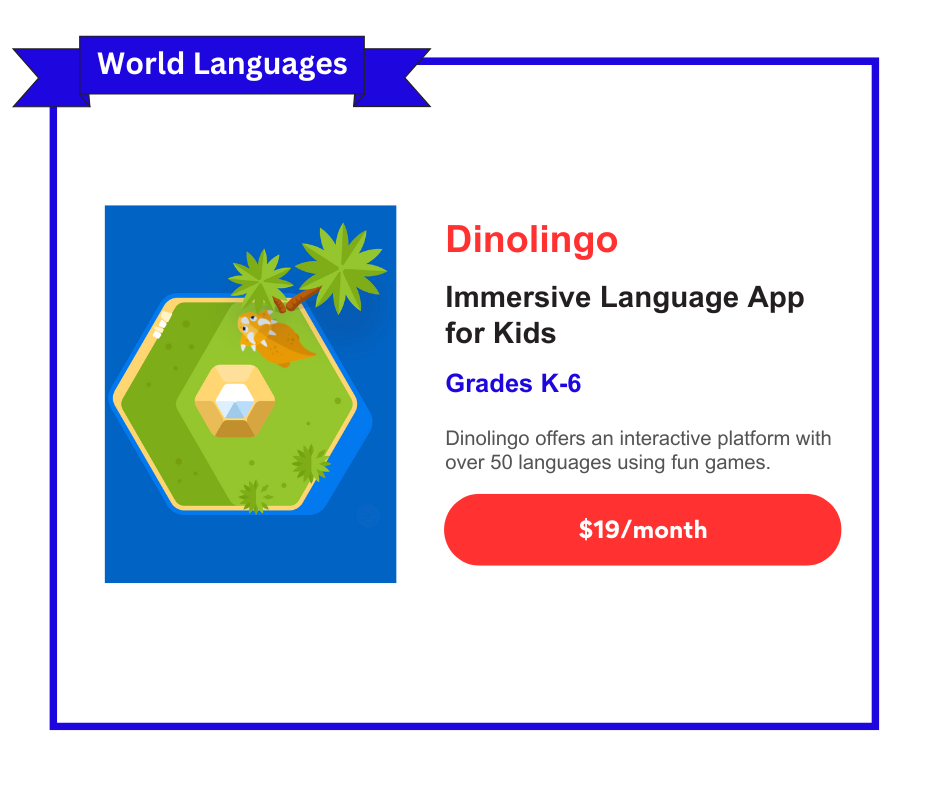
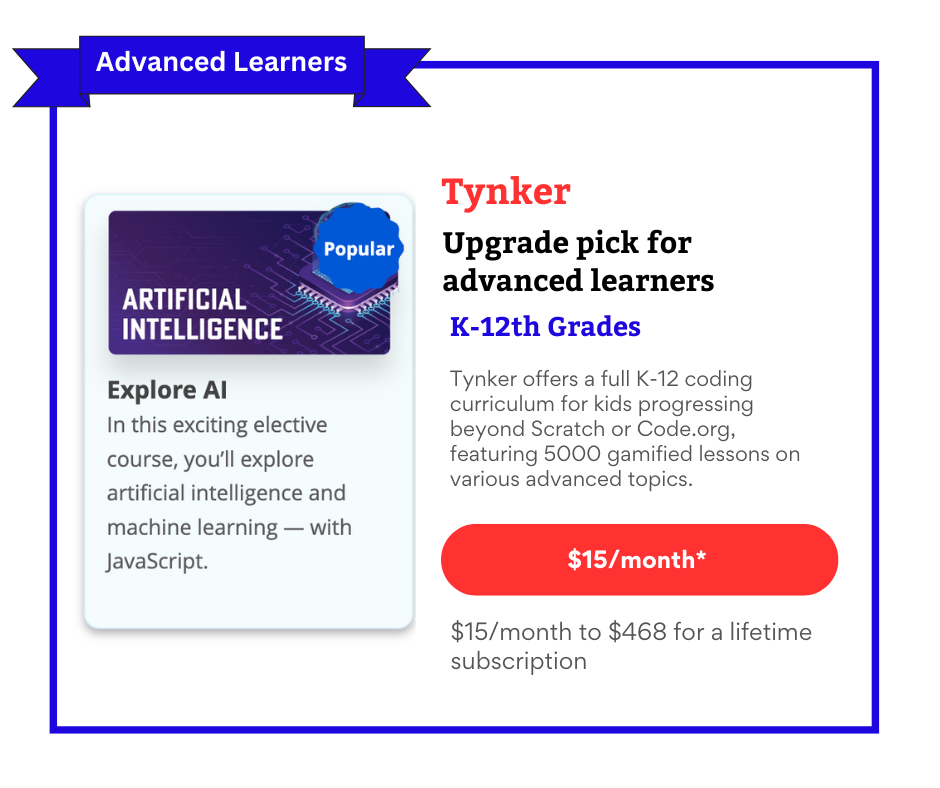
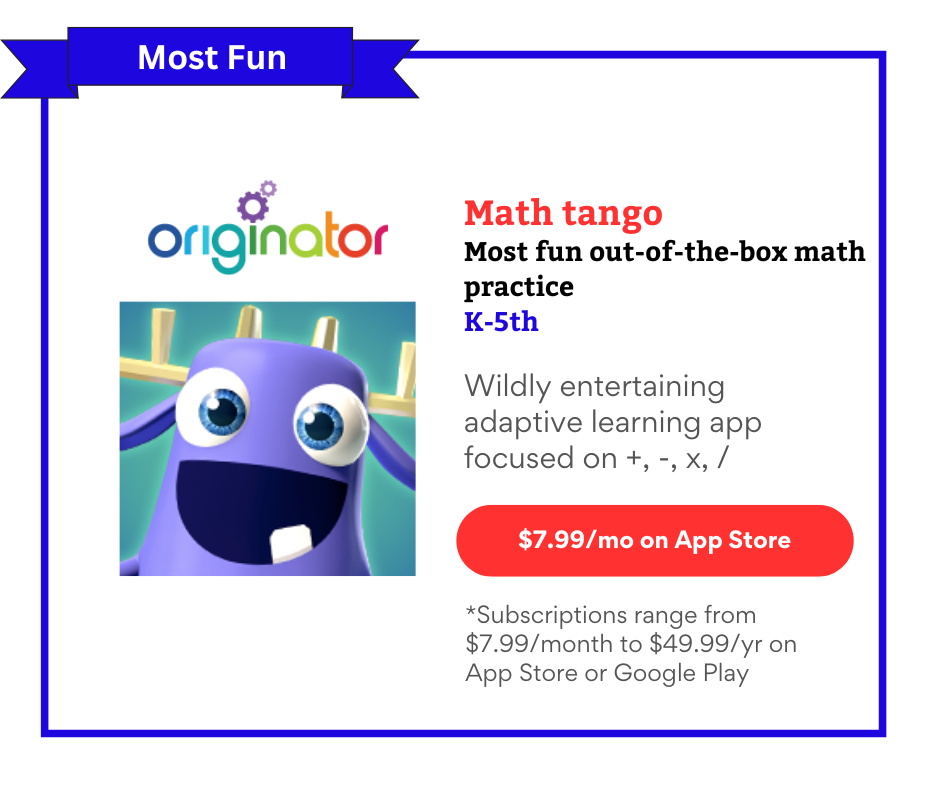
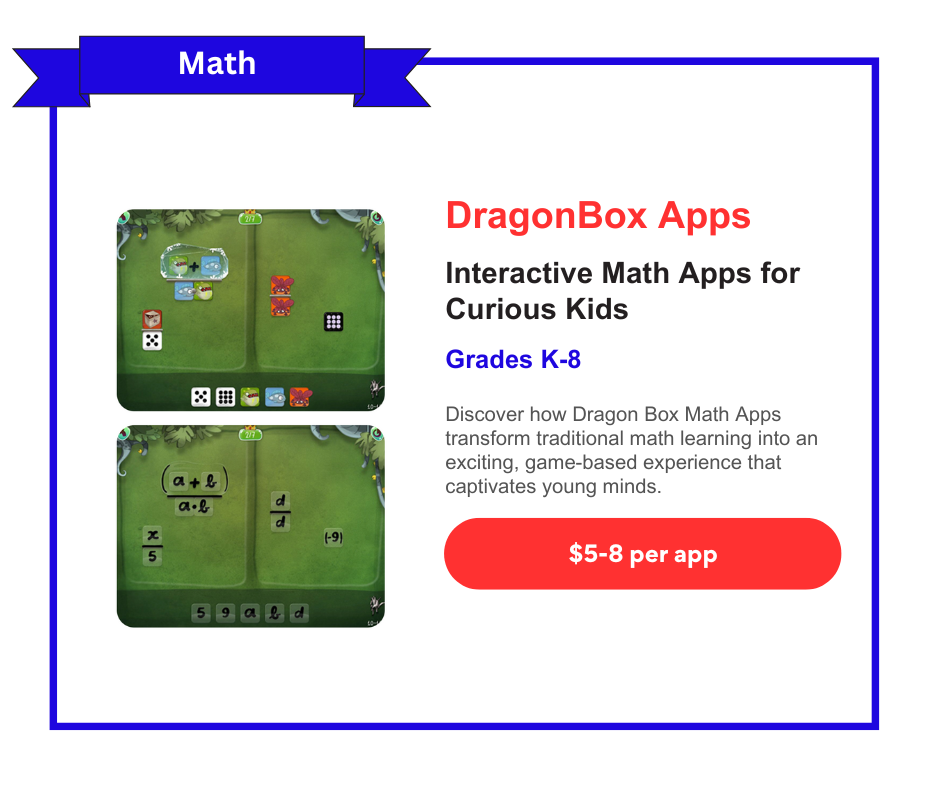
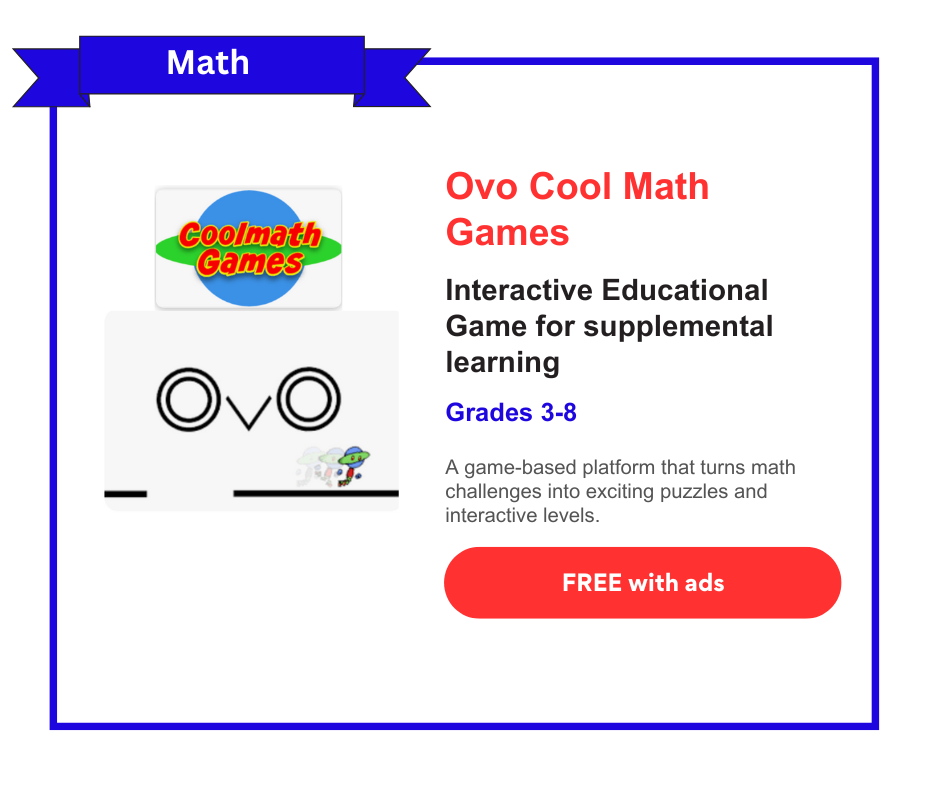


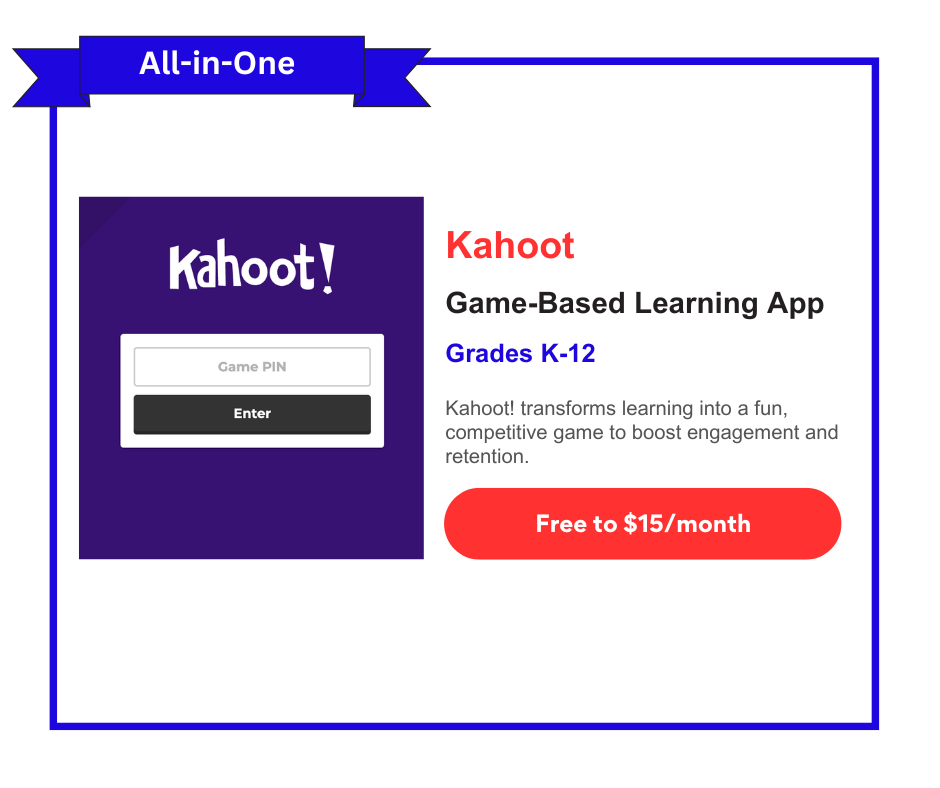
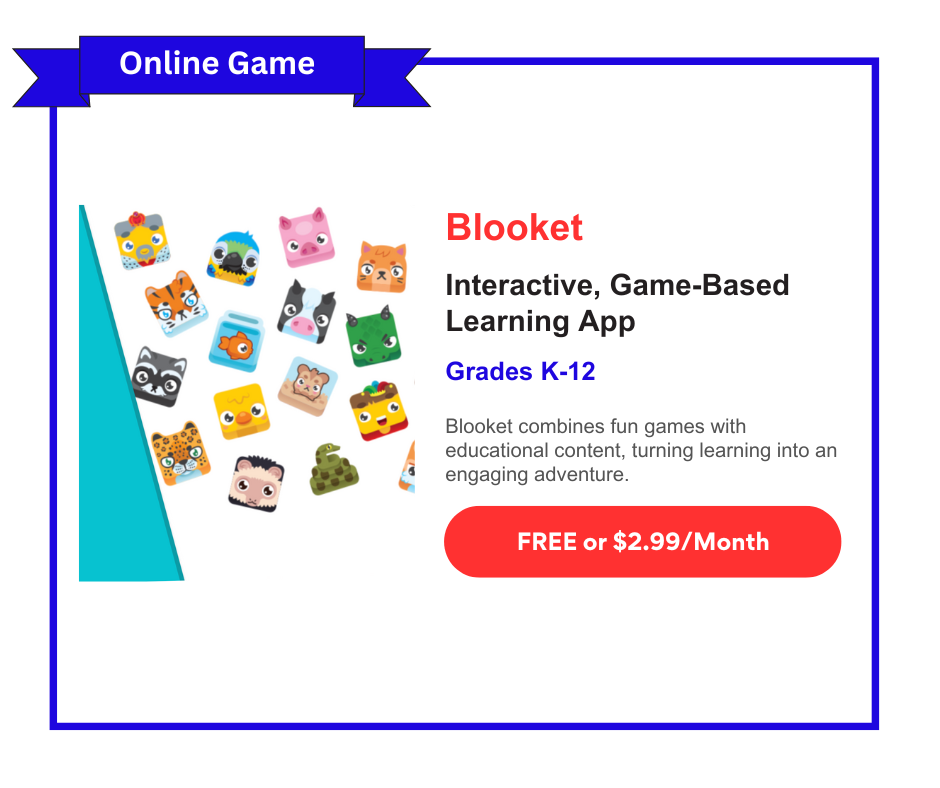


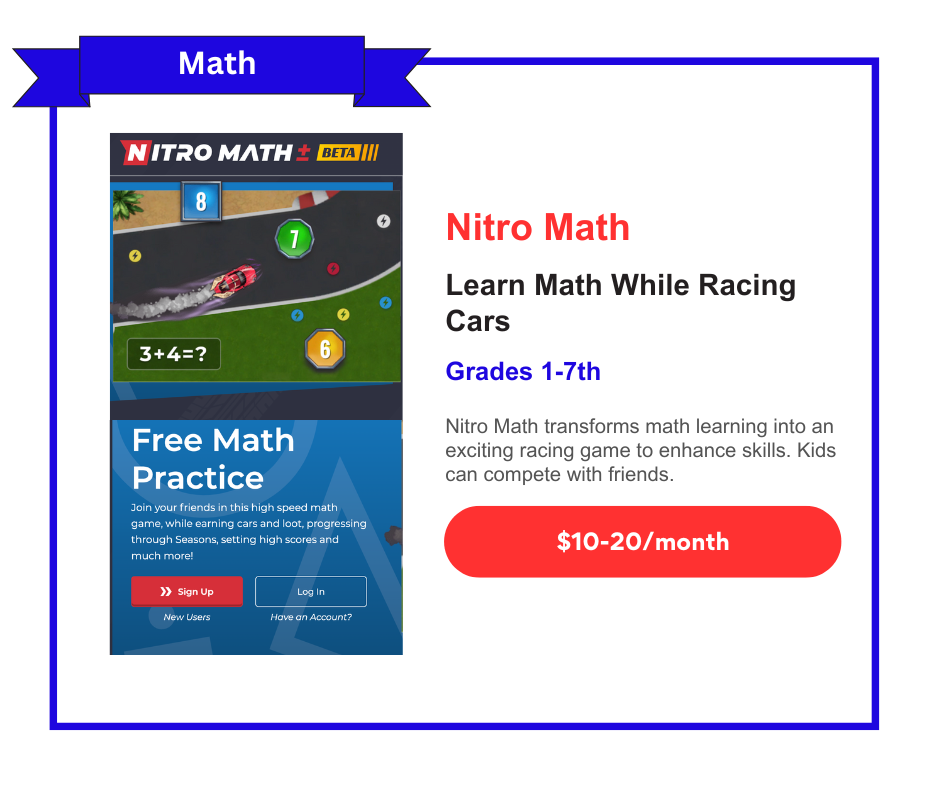
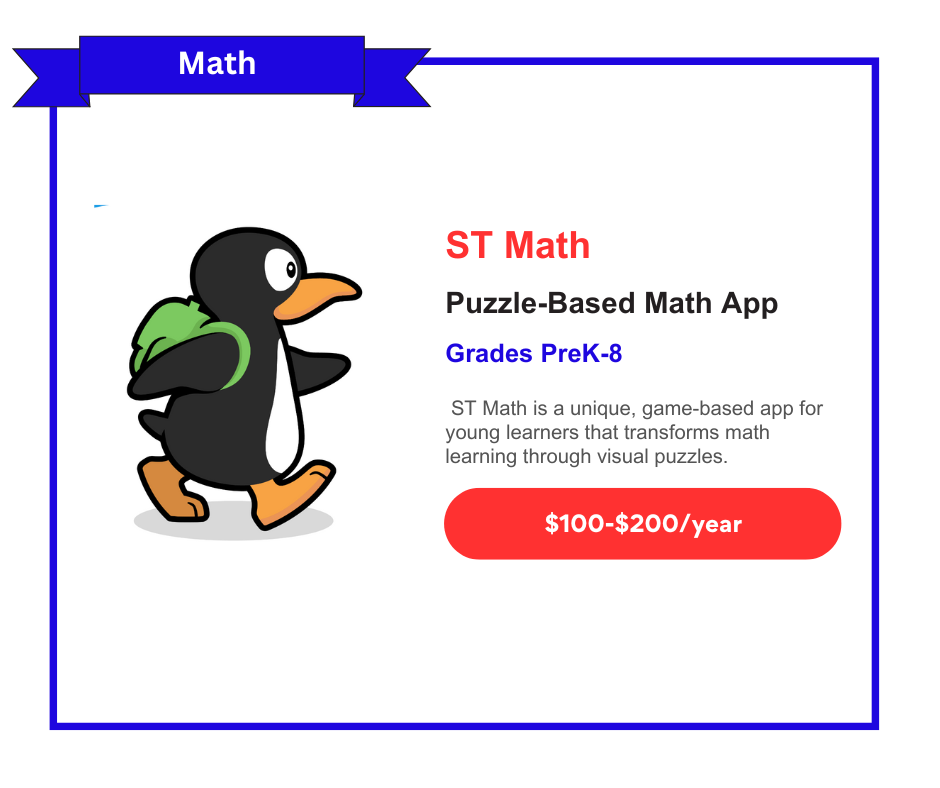
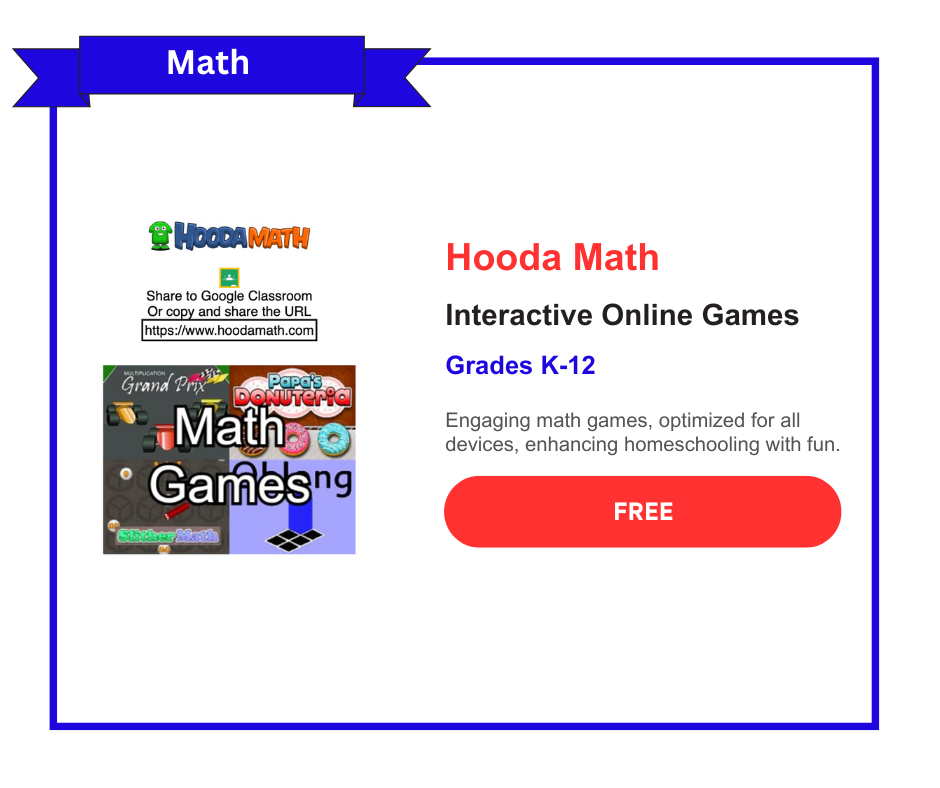
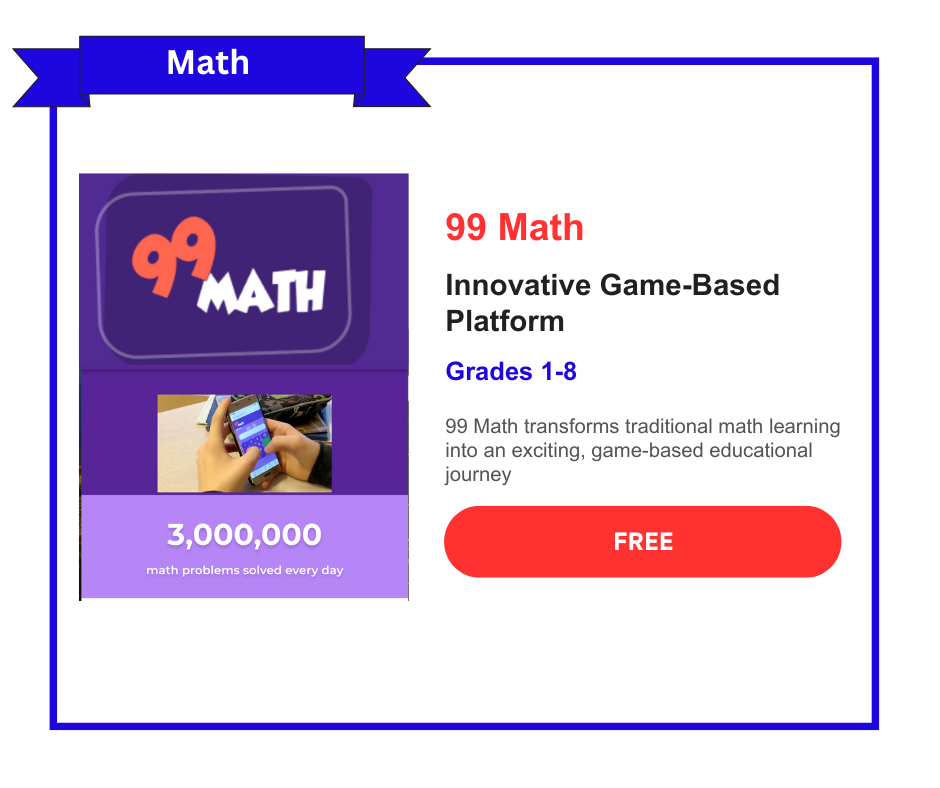

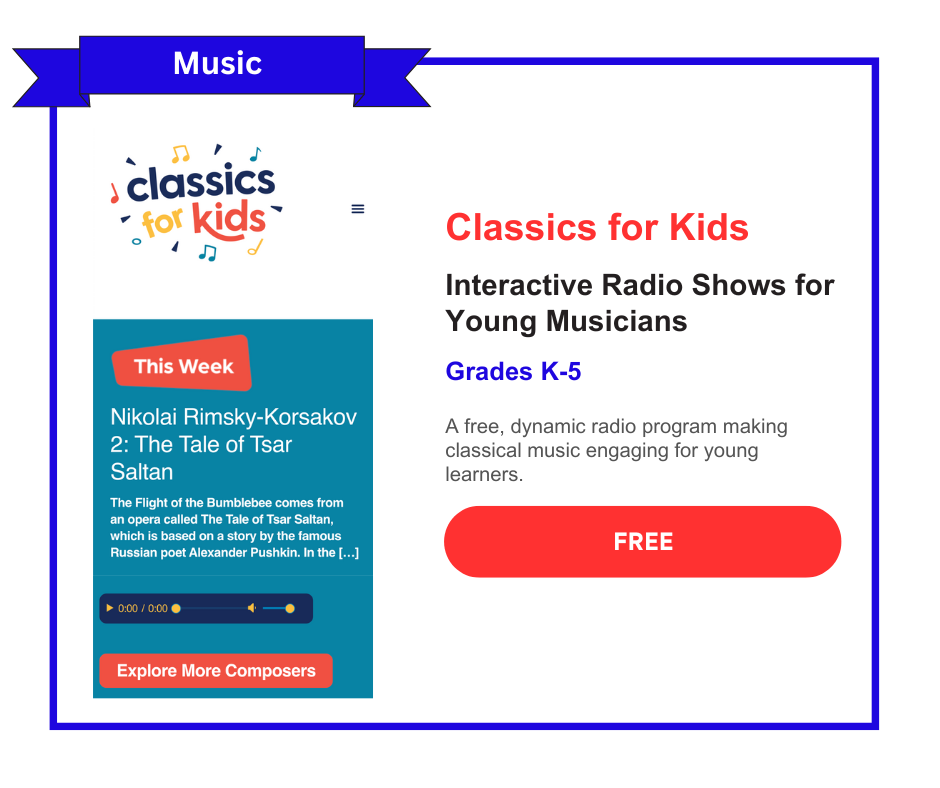
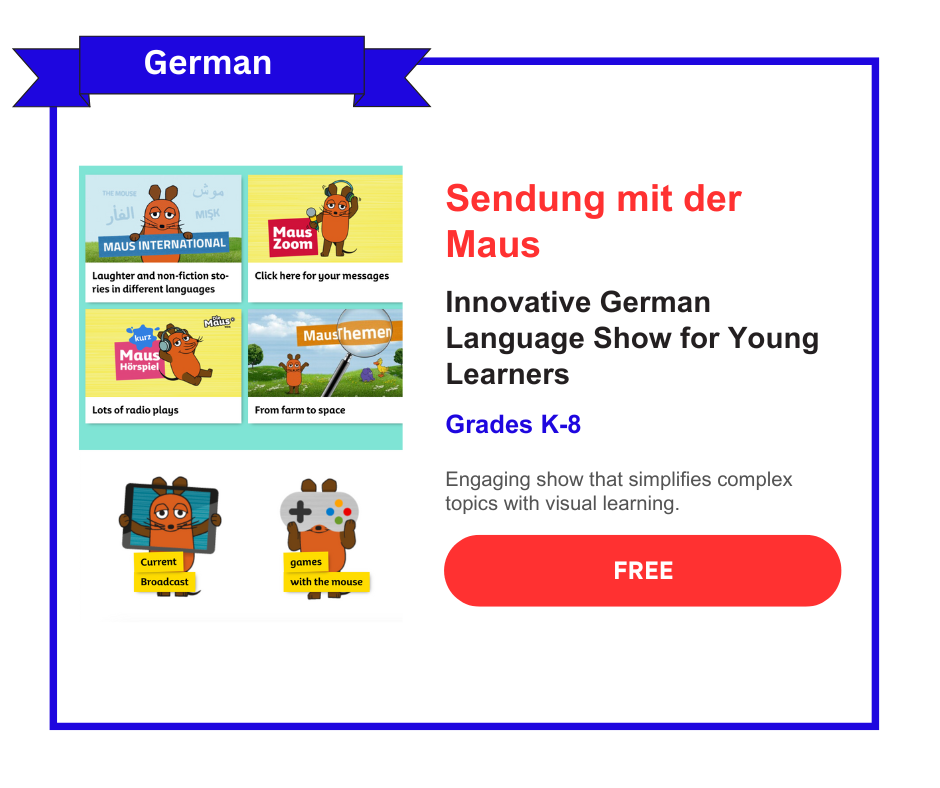
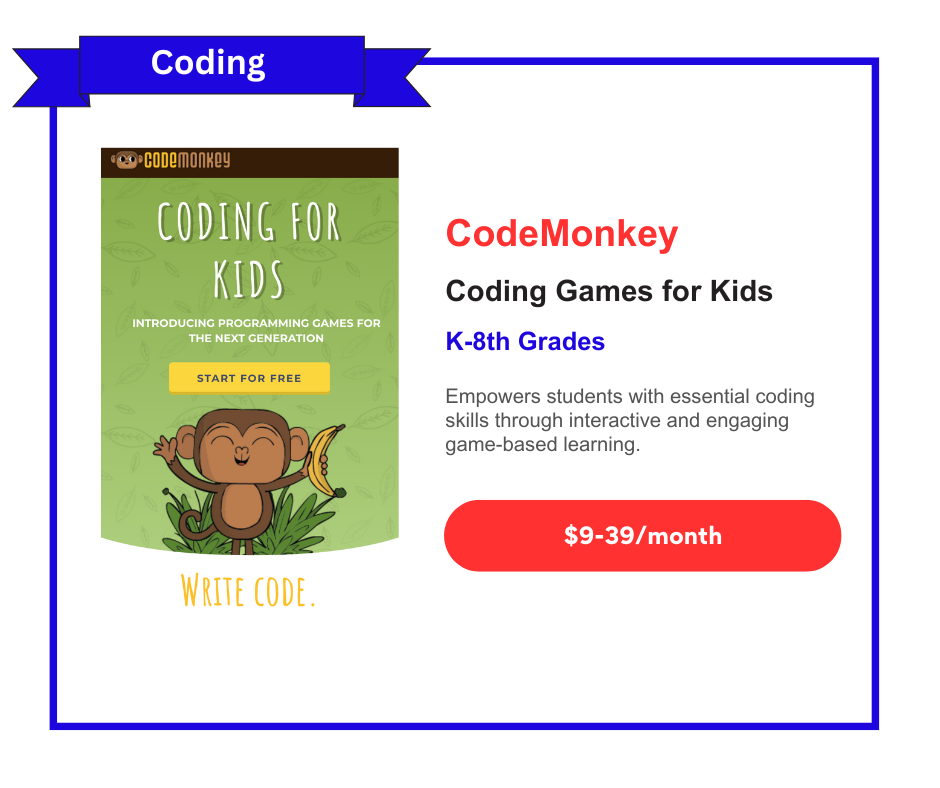
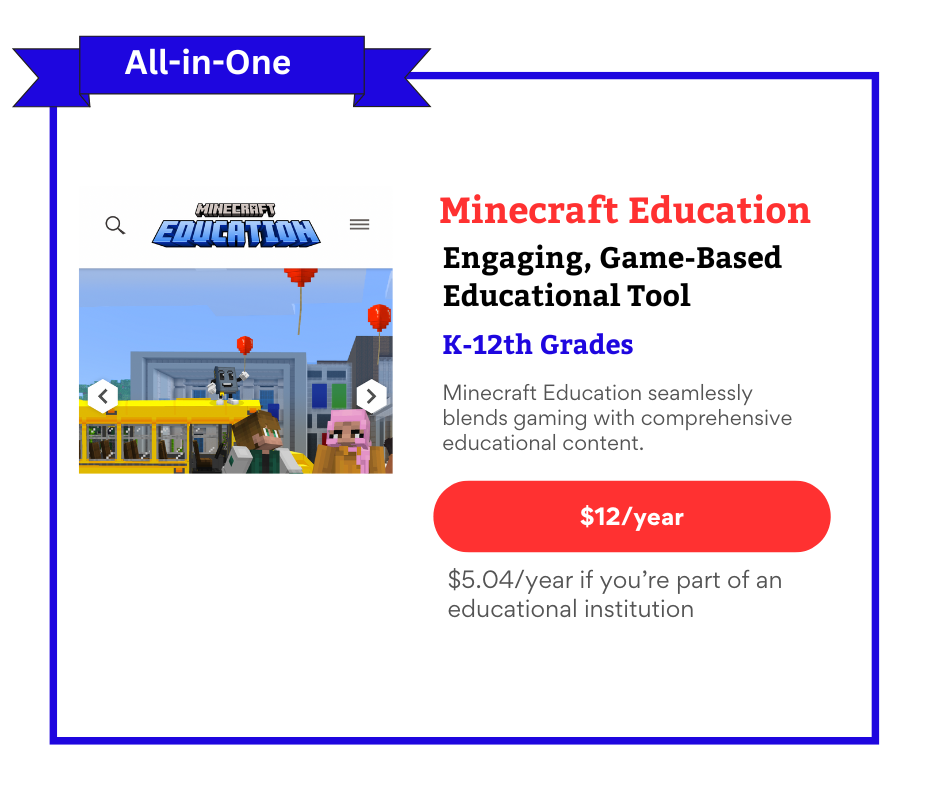
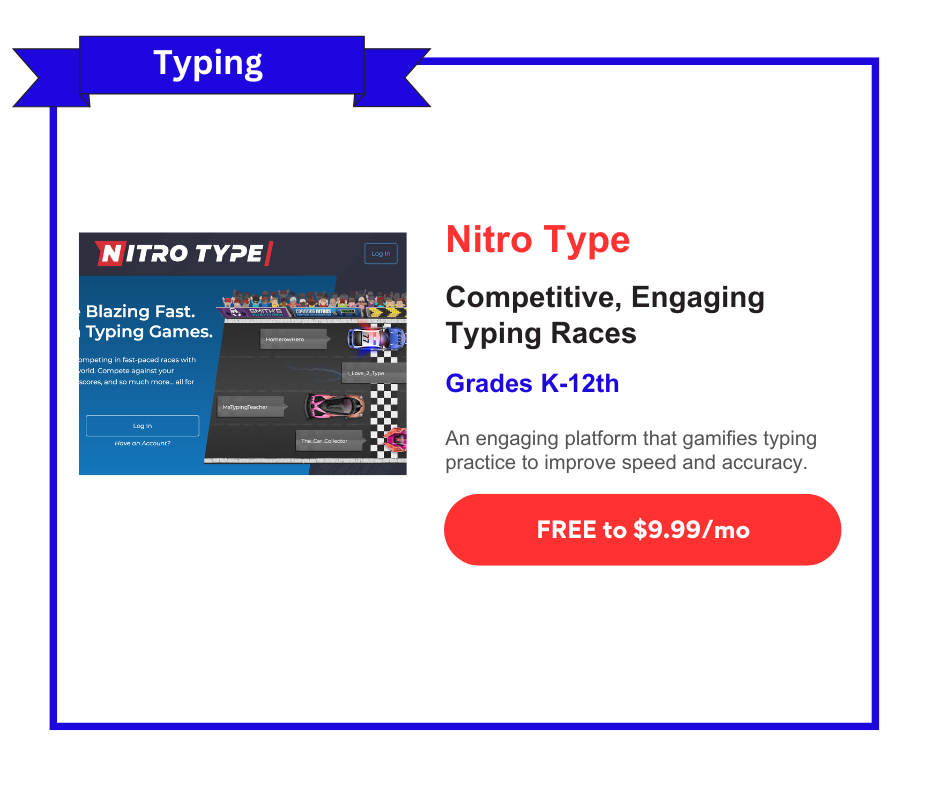
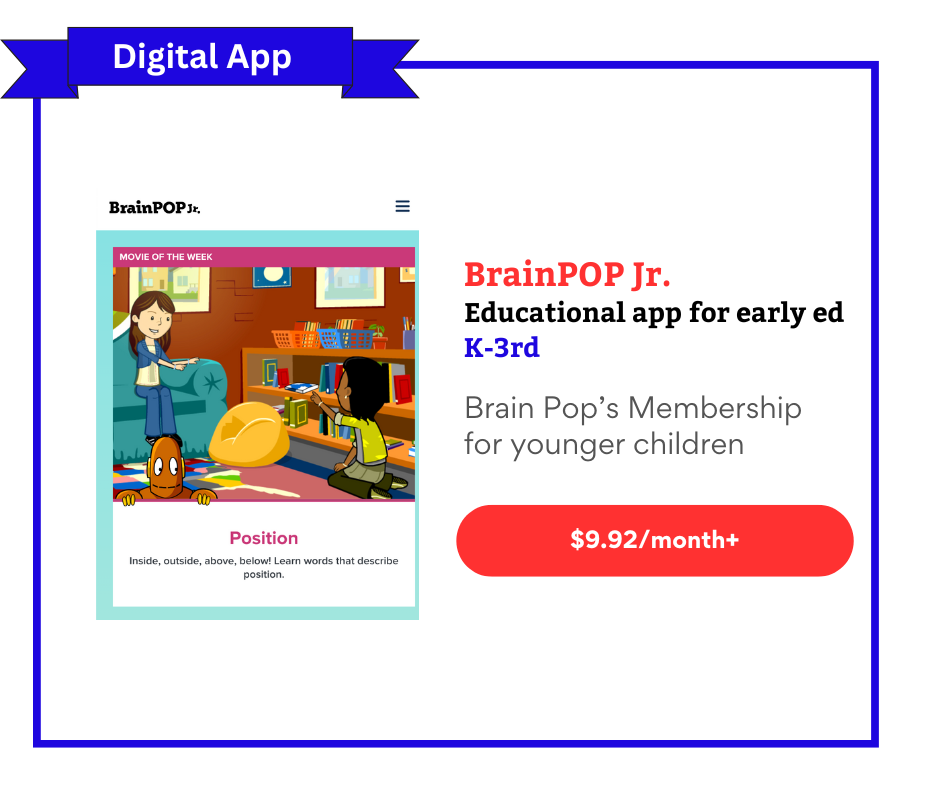


ScratchJr. The baby version of Scratch, Scratch Jr is a fun, simple program to use if Scratch is too challenging for younger kids. It includes guides for instruction and 75+ activities. Like Scratch, it is more exploratory and less directional, which some parents dislike.